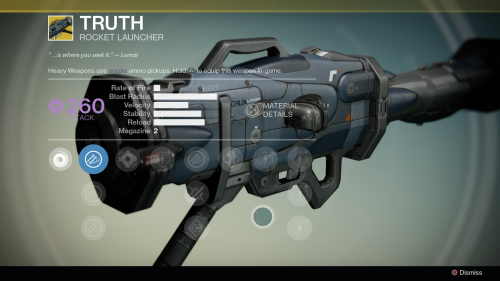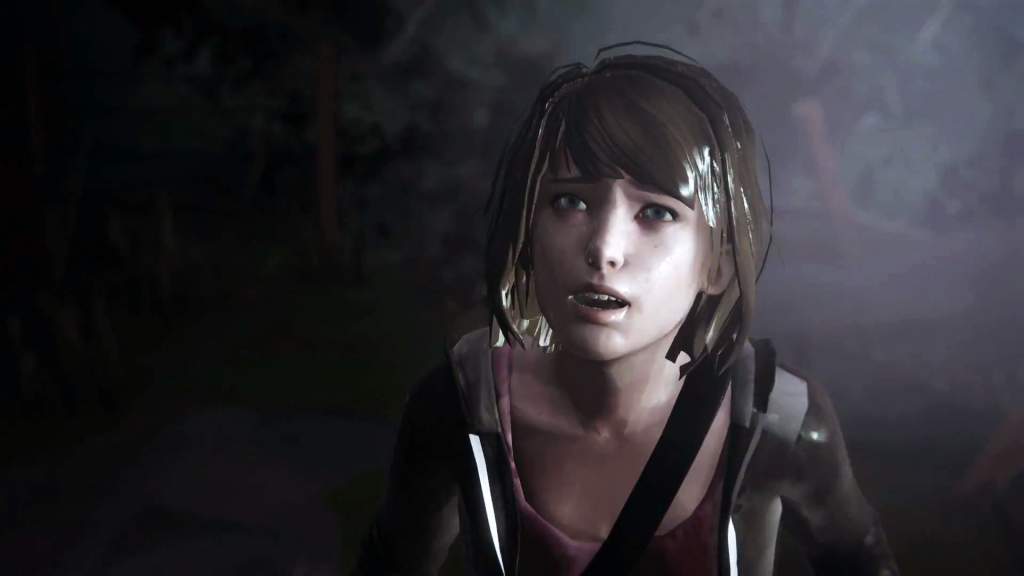

Trent Richardson is hurting. The Browns’ rookie, fresh off an NCAA championship at Alabama, has gotten a painful introduction to life in the NFL. Somewhere in the midst of being tackled by several Philadelphia Eagles, his head was forcefully twisted one direction while his body continued forward in the other. The helmet-to-helmet hit from Philly linebacker DeMeco Ryans will merit a fine from the NFL, but that doesn’t help Richardson at the moment. He’s doubled over on the turf, panting and trying to put himself back together.
These are the kinds of hits that are commonplace in the real NFL but, until now, haven’t been in Madden. While the game’s tackling and collision systems have gotten incrementally better this generation, Madden NFL 13 has taken it to an entirely new level. Thanks to the introduction of the Infinity Engine, a physics system that takes into account complicated things like muscle tension, mass, and momentum, the interactions of players when they collide are wildly entertaining – and often appear extremely painful.
The enhanced realism comes courtesy of EA Sports’ new Infinity Engine, and it’s a game-changer for the Madden franchise in the truest sense. Running backs stumble when their feet get tangled with teammates. Wide receivers spin to the ground after absorbing huge in-air hits. Quarterbacks bend backwards when sandwiched by tacklers. Each game brings something previously unseen – and Madden revels in it, showing slow-motion replays liberally with a “look how cool this is” vibe. It’s not just about looks, either, because you can never be sure if a ball-carrier is about to hit the turf or break out of a tackle. Genuine pileups happen all the time too, bringing even more realism onto the field.
Technical bugs do, occasionally, mar the experience, such as when players fall down like bowling pins when they walk too close to each other after the play ends. There are also plenty of times when ragdoll effects happen to players with limbs flailing about in weird directions, which can look awkward at best and comical at worst. Even so, the benefits of the Infinity Engine far outweigh the drawbacks.
It’s not just about physics, though. Madden NFL 13 also debuts RPG-style Connected Careers, a massive new way to play the game. Simply put, the old componentized ways of playing the game are largely gone – you won’t find Franchise, Superstar, Online Leagues, or anything like that – in favor of a streamlined and innovative way to experience the NFL. As either a player or a coach, you navigate the league surrounded by your friends (if you choose) and the media (whether you like it or not) as you seek to win championships and enter the Hall of Fame.
As an individual player, you can choose to create a guy, pick an active NFL player, or grab one of a handful of NFL legends (although most are locked behind Ultimate Team-based requirements). Your currency, so to speak, is XP, which you want to amass in order to increase your attributes. Accomplishing goals (in-game, season-long, and even career) gives you more XP, and you control only your player during practice and games. One of the many challenges is deciding when and how to allocate XP. Do you quickly improve inexpensive skills, or save them up for those powerful ones? There is no right answer, and your individual experiences change accordingly. No matter what, you’ll have all sorts of real-world media types reporting about you in the news and on Twitter – sometimes nicely, other times not so much.
Connected Careers also features Coach Mode; similar to an individual player, you can create someone, walk in the shoes of an active boss, or embody one of a few legends. On the field, it closely resembles the traditional Franchise, as you call every play and control whichever player you want. Coaches have their own personalities that lend themselves to certain types of teams, and similarly earn XP in practice and games by accomplishing goals to spend on attributes. A deep Scouting system is available during the season to use on targeted college players to help in the supremely entertaining and crucial NFL draft between campaigns. Player Progression is yet another key element, as you allocate specific skill boosts to every player on the team based on their individual performances during the year.
At any point, if you’re tired of being a backup QB or coaching a rotten team, you can retire and hop into the body of any other player or coach at that moment – no need to restart. You can play with friends too, similar to previous Online Franchises but emboldened with all of the RPG elements and media frenzy. In a word, Connected Careers is huge.
There are plenty of other core improvements to the game this year as well, including a beautiful new passing system that has eliminated our fears of throwing slants and seam routes, a much more polished TV-style presentation with classical theme music instead of bombastic rock and rap, and a built-from-scratch commentary system with Jim Nantz and Phil Simms. The duo is a marked improvement from the hideous Gus Johnson/Cris Collinsworth pairing of last season, but between some curious comments (such as the time they referred to a meaningless preseason game as “one they’d never forget”) and a tendency to call out when the defense is using press coverage, there’s some work to be done here.
It’s not often that a stalwart franchise like this reinvents itself so significantly, but Madden NFL 13 has pulled this off with aplomb. Brimming with innovation on the field and off, it’s the best Madden of the generation.
This game was reviewed on the Xbox 360.



